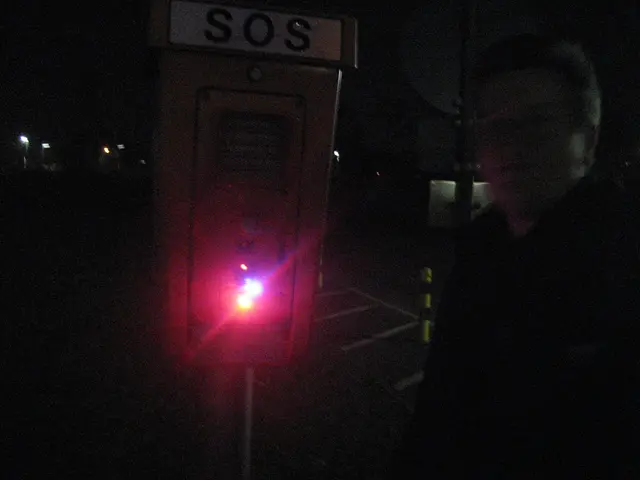Survey findings indicate a surge in investment bottlenecks within local government bodies.
The German Institute of Urban Affairs (Difu) has released its annual survey on investment gaps in municipal infrastructure, revealing a record high backlog of 215.7 billion euros. The survey, commissioned by KfW, highlights a significant concern in the investment gap in school buildings, which accounts for 31% of the total backlog.
The findings suggest a correlation between the size of the municipality and the severity of the investment gap in school buildings. As cities grow, the percentage of municipalities with a significant or serious gap in school buildings increases, reaching nearly 90% in cities with over 50,000 inhabitants.
The investment gap in street and traffic infrastructure also increased compared to the previous year, amounting to 53.4 billion euros, accounting for 25% of the total backlog.
The survey results are published by the Staatsanzeiger, though accessing them requires a subscription.
The current investment needs and gaps in school buildings for municipalities in Germany reflect a broader demand for modernization and infrastructure enhancement. As the construction sector is poised for modest recovery in 2025, with expectations for stronger growth from 2026, significant funding is anticipated to address construction backlogs, including school buildings.
Best practices in educational infrastructure emphasize resilience, inclusivity, and environmental sustainability to enhance learning outcomes. The World Bank's RIGHT+ framework, which advocates for investments in school infrastructure to be resilient, inclusive, green, healthy, and conducive to teaching and learning, could serve as a guideline for German municipalities aiming to improve their school facilities.
However, no detailed data is available to compare the situation specifically between Northern and Southern German municipalities in terms of investment needs and gaps in school buildings. While regional disparities often exist in Germany, influenced by factors such as economic strength, urbanization, and historic development patterns, the survey does not provide specific numbers for the investment gap in school buildings for each individual state or region.
Cities and municipalities in southern Germany report fewer strong investment gaps compared to those in North Rhine-Westphalia or the southwest of Germany, including Hesse, Rhineland-Palatinate, and the Saarland.
The ever-increasing nature of the investment backlog in municipalities is a cause for concern. For a precise assessment of regional differences and a more in-depth understanding of the current situation, further detailed municipal or federal reports on school infrastructure financing and condition in Germany would be required.
- The German Institute of Urban Affairs' survey reveals that investment gaps in school buildings across municipalities are correlated with their sizes, with cities having over 50,000 inhabitants having nearly 90% of municipalities showing a significant or serious gap.
- In the realm of personal-finance and policy-and-legislation, the current investment needs and gaps in school buildings for municipalities in Germany hint at a broader demand for modernization and infrastructure enhancement, particularly with expectations for growth in the construction sector from 2026.
- While the World Bank's RIGHT+ framework, advocating for investments in school infrastructure to be resilient, inclusive, green, healthy, and conducive to teaching and learning, may serve as a guideline for German municipalities, there is a lack of detailed data for comparing investment needs and gaps specifically between Northern and Southern German municipalities.
- The significant investment backlog in school buildings across municipalities raises concerns about regional differences and the need for more detailed municipal or federal reports to gain a better understanding of the situation and any disparities between different regions, such as North Rhine-Westphalia or the southwest of Germany, and cities in southern Germany, which report fewer significant investment gaps compared to those in other areas.




